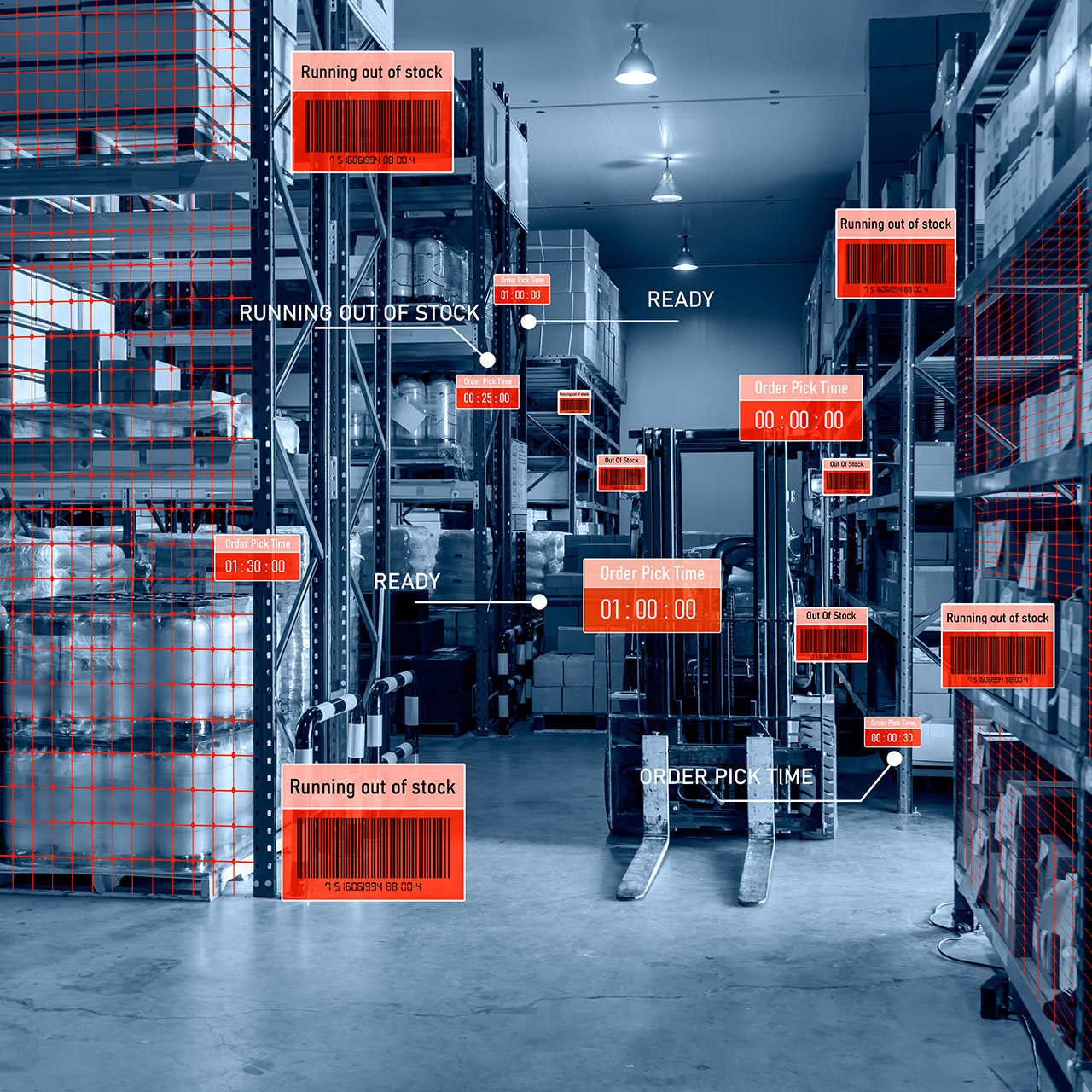Worldwide, distribution and supply chain management are straining as never before to predictably meet customer demand and allow companies to remain viable. In this series of six blog posts, we discuss distribution issues that you can address with the right technologies, refined and deployed by industry experts at Sikich. In this first post, we discuss some of the more urgent challenges for supply chain management and how technology could help.
Understanding today’s supply chain churn
Distributors’ supply chain management has reached a turning point where it has become so highly exposed and fragile that the world’s attention turns to it when it is threatened by disruptions. Distribution companies are challenged to modernize their supply chain management or fall behind in the competition for customer spending. Several concurring factors drive the urgency of doing so:
- The global pandemic has highlighted vulnerabilities and constraints in how companies source goods and materials and distribute them to customers or reselling trading partners. Just-in-time procurement and production and the need to scale to increased demand can be at odds. This is exacerbated as many more customers are purchasing certain products in record volumes and rely more strongly on ecommerce channels to receive them as quickly as possible.
- Aiming to capitalize on high demand, many distributors ally themselves with the industry’s ecommerce leaders to increase their market share and revenue generation. They can potentially connect with many more customers, but also need to manage their inventories and shipping to follow the business rules set by Amazon and other ecommerce enterprises. That may present its own supply chain management challenges.
- Consumers are used to a high service quality with shipments arriving predictably at promised times. They expect their suppliers to communicate proactively to alert them of possible delays or other issues, and they also want to engage with them on their own terms, using digital channels to take care of business at their convenience.
- Distribution and logistics companies have for decades pursued tightening resource and cost efficiencies. One consequence of this is that many of their processes and systems have become brittle. When unexpected events like a giant container ship running aground in the Suez Canal interfere with the flow of goods, these businesses lack alternatives that allow them to recover quickly and meet customer needs.
- Without early visibility and planning supported by all the data sources that matter, distributors can find it challenging to mitigate looming shortages of certain materials and product components. Not even their preferred suppliers may be able to anticipate delays or underproduction. For instance, as a current semiconductor shortage broadly affects the many industries that rely on microchips, some manufacturers have to prepare for production slowdowns and limited distribution of their products.
- Climate change and dramatic weather events can cause scarcities of essential resources like water or energy, resulting in often sudden disruptions to production, logistics, and distribution activities across the world’s regions. Some distributing manufacturers are reshoring their production or finding alternate locations, but those adjustments may not always be timely.
How can technology help?
Allowing a strategic, immediate response to these trends, digital technology has come a long way when it comes to managing supply chains and distribution businesses. For many years, companies primarily looked to technology to help them make their supply chains as efficient as possible and ensure accuracy in inventory management and shipping. Specialized software applications and broad, all-in-one ERP solutions served these goals.
Today, technology can be transformative for distributors and help them achieve the best possible outcomes in managing their business. With software systems and data from many different sources in the cloud, accessible from anywhere, technology can help distributors do the following:
- Gain wider, earlier visibility and more reliable control;
- Scale and flex to respond to changes in demand;
- Manage supplier relationships and vendor quality for best outcomes;
- Boost customer satisfaction and retention; and
- Address supply chain and compliance-related risks.
Powered by the right digital solutions, supply chain management can help distributors realize their unique vision instead of playing an important, but secondary, enabling role. This is a similar change to what began happening in corporate finance departments several years ago, when the ability to translate business data into relevant insight allowed CFOs and finance managers to become key business partners instead of supporters.
The next step
If it’s time to take your distribution and supply chain management to the next level, we should talk. If you are still exploring your options, and want to learn more, this eBook is perfect for you: What’s Next for Distribution Management: 7 Key Areas for Modernizing Distribution.
This publication contains general information only and Sikich is not, by means of this publication, rendering accounting, business, financial, investment, legal, tax, or any other professional advice or services. This publication is not a substitute for such professional advice or services, nor should you use it as a basis for any decision, action or omission that may affect you or your business. Before making any decision, taking any action or omitting an action that may affect you or your business, you should consult a qualified professional advisor. In addition, this publication may contain certain content generated by an artificial intelligence (AI) language model. You acknowledge that Sikich shall not be responsible for any loss sustained by you or any person who relies on this publication.








